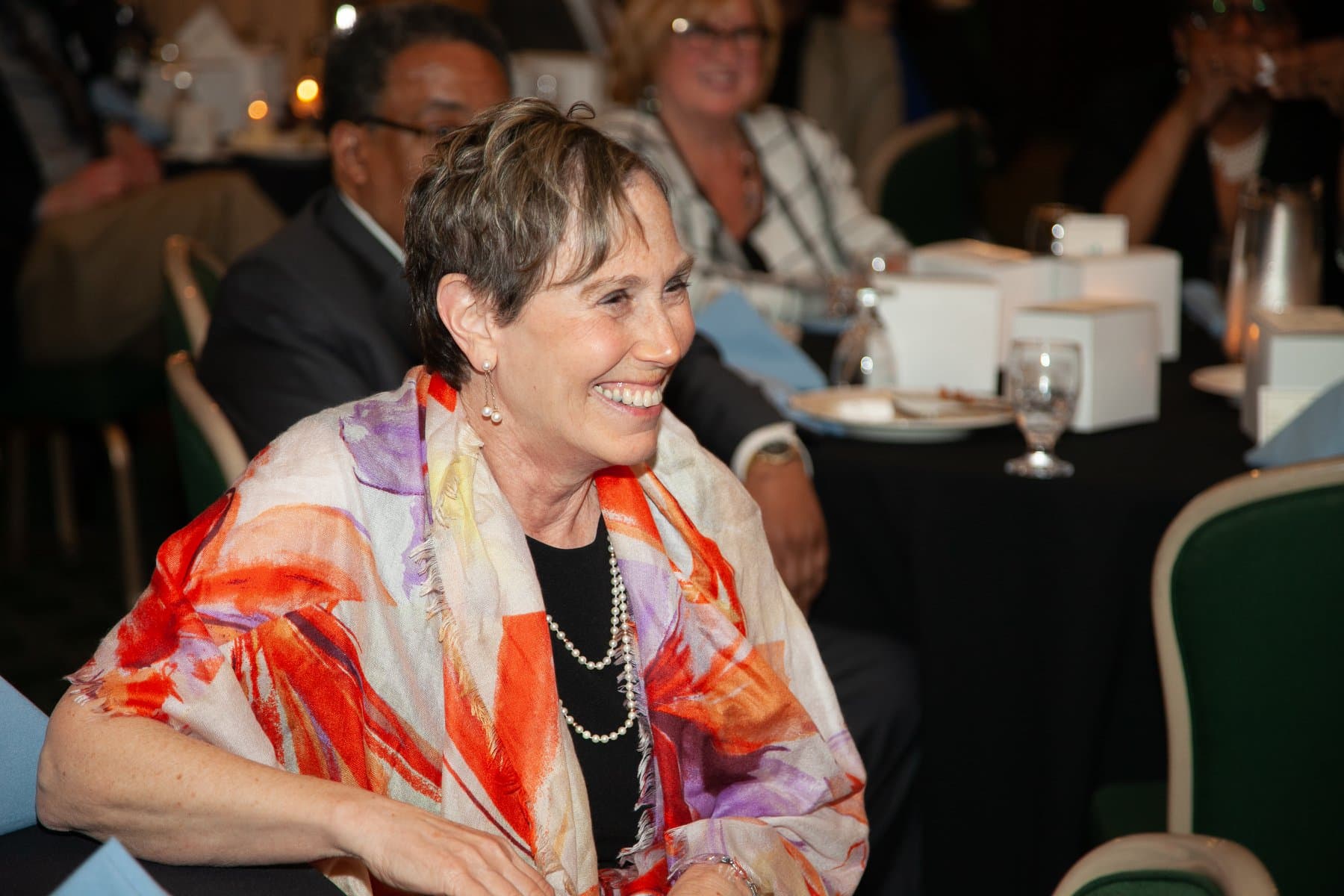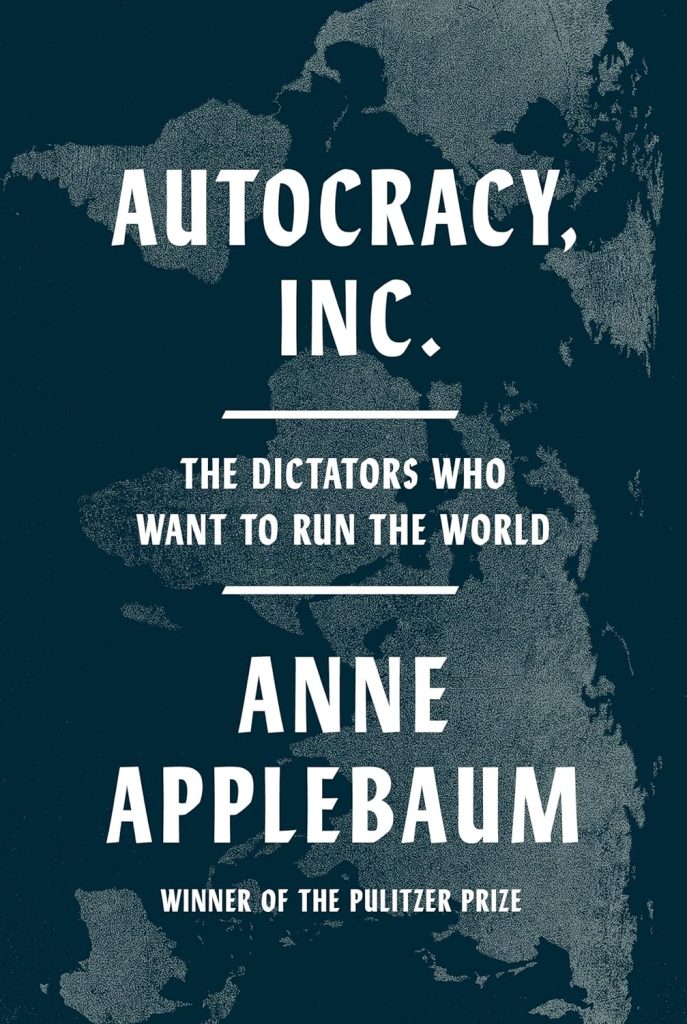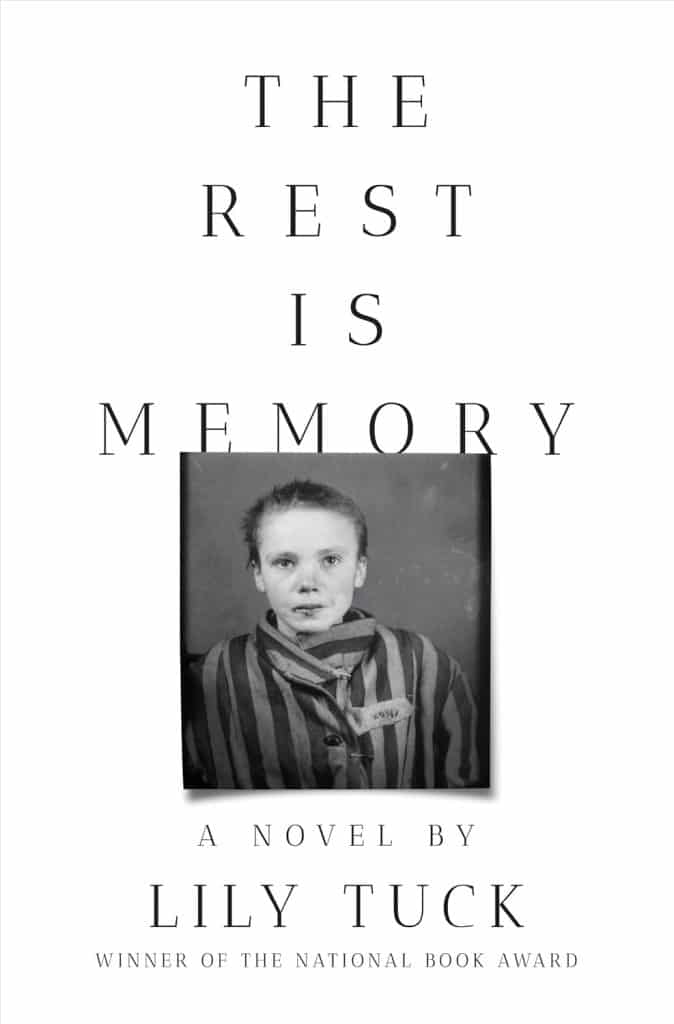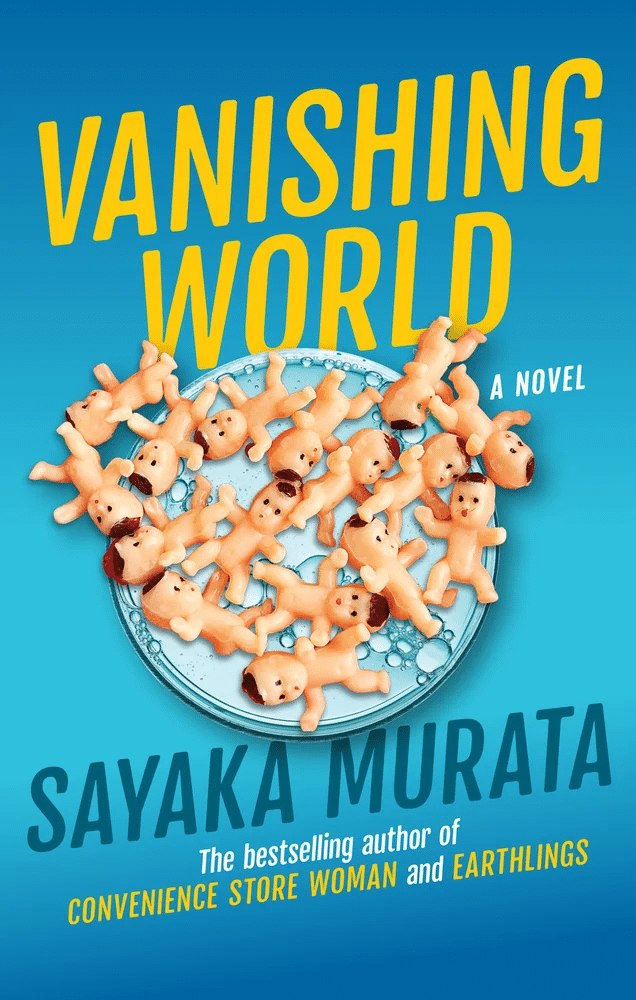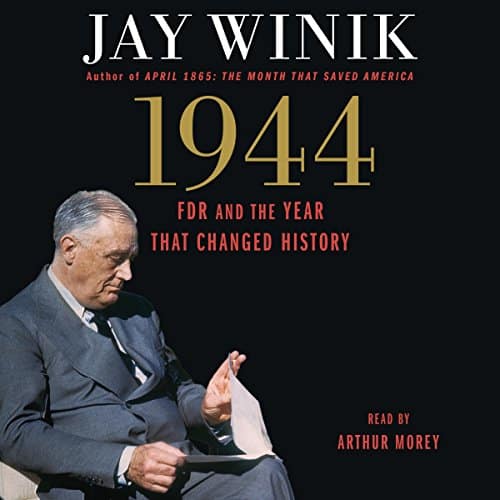
Are Good Deeds and Kindness Enough?
Can I Become a Mensch?
Estimated reading time: 1 minute, 6 seconds One of my goals has been to become a mensch.
One of my goals has been to become a mensch.
Since Jan died in May 2021, I have focused on finding meaning and purpose.
I walk, read, and help others as much as possible.
Is becoming a mensch in my eighth decade possible?
I know that Jan was a mensch among her many accomplishments.
Perhaps I should accept that being her husband is the best I can achieve.
I often say I am a mensch-in-training, but the truth is that it is a designation achieved by the assessment of others, not by our training to become one.
Although I had prepared the essence of my eulogy in one sentence for Rabbi Renee, I will now modify it by deleting mensch-in-training.
Richard lived fully; he loved Jan and brought her with him by sharing her love; he worked to repair the world
and was a mensch-in-training.
The Jan Lilien Education Fund sponsors ongoing sustainability and environmental awareness programs. Gifts made this month; I will match dollar-for-dollar. All donations are tax-deductible.
I receive a commission when you buy a book or product using a link on this page. Thank you for supporting Sharing Jan’s Love blog.
